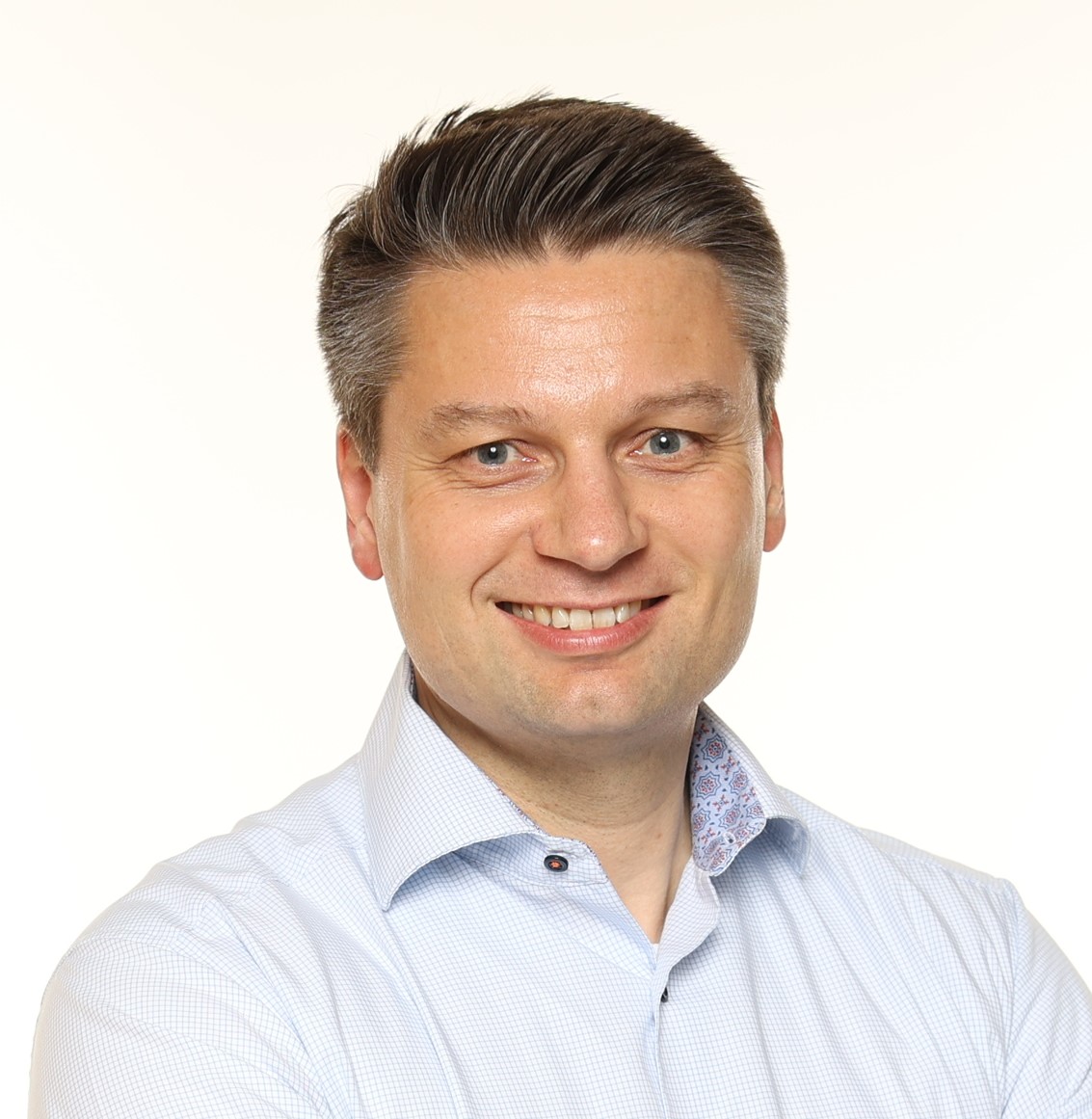-
A POWERFUL
MARITIME TESTBEDProviding a generic, open communication and service platform,
eMIR connects industry strengths in surveillance and control technology
to a smart demonstration platform. Furthermore, it allows research for
better understanding of maritime systems and offers a powerful virtual
and physical testbed for system/component development,verification
and validation. Polymorphic, adoptable interfaces guarantee a fast
configuration of demonstration environments and testbeds.
NEWS
Abschlussdemo des EASE Projektes
Schnelle und verständliche Informationen zu Vorfällen auf See sind Voraussetzung für deren effiziente und zielgerichtete Bearbeitung. Um die tägliche manuelle Ermittlungsarbeit von Behörden und Organisationen mit Sicherheitsaufgaben hinsichtlich dieser Vorfälle auf See zu erleichtern, müssen Arbeitsvorgänge und die zugrundeliegenden Werkzeuge optimal auf die Bedürfnisse der involvierten Benutzergruppen zugeschnitten sein, was bislang nicht der Fall ist....
“Parking aid” for ships – successful test campaign in Wilhelmshaven completed
“Parking aid” for ships - successful test campaign in Wilhelmshaven completed During a three-day test campaign, the first system tests within the “SmartKai” project were successfully completed. The scientists were able to gain new insights for further research and development of the innovative assistance system. In ports and locks, areas that are difficult to view...
„Einparkhilfe“ zur Vermeidung von Schäden an Schiffen und Hafeninfrastruktur
„Einparkhilfe“ zur Vermeidung von Schäden an Schiffen und Hafeninfrastruktur Äußere Einflüsse behindern ein Schiff oftmals bei einem reibungslosen und schadenfreien Manöver. Gründe hierfür sind neben rasch wechselnden Wetterbedingungen und starken Strömungen schmale oder beschränkt einsehbare Hafen- und Schleuseneinfahrten. Dazu kommen enge Zeitfenster aufgrund des wachsenden Verkehrsaufkommens. Reedereien und Hafenbetreibende müssen sich nicht selten mit Sachschäden...
VIRTUAL TESTBED
Virtual research and development platform.
Bridge Simulators
MTS
Multi-agent and AI-based configurable maritime simulation for generating test cases for system verification and validation, investigations of traffic management concepts as well as efficiency and various other applications. The implemented ship behavior including stochastic influences and non-deterministic processes can be used to simulate realistic traffic (i. e. situations that may only exist digitally). It is also possible to “replay” real recorded situations, e. g. by importing historical situations based on AIS data. The connection of external systems and other simulators is achieved by using the distributed high-level architecture (HLA) infrastructure. The MTS offers faster than real-time simulations (Fast Time) if required. Support of model, software and hardware-in-the-loop experiments.
ECDIS + VTS
State-of-the-art ECDIS and VTS systems and open source systems Electronic Prototype Display (EPD) combined with traffic and bridge simulators, which are used as environments for verification and validation of assistance systems and for experiments on the design of human-machine interfaces.
Multibody Simulator
Multibody simulation for the simulation of dynamic physical systems (crane operations etc.).
Sensor Simulation
Simulation of typical sensor systems and data processing. The sensor data can be manipulated and distorted for system tests.
Full Ship Simulation
Currently, an FMI-based complete virtual representation of a ship with all aggregates is being developed. Support of model, software and hardware-in-the-loop experiments.
Co-Simulation Platform and Control
HLA- and FMI-based co-simulation platform for the integration of different simulators. A scenario description language is used to configure the connected simulation platform. Support for importance sampling and splitting to identify rare events.
PHYSICAL TESTBED
A unique research infrastructure in the German Bight.
Mobile ECDIS +VTS
Availability of most major ECDIS systems, which we can configured either for use in mobile bridge systems (i. e. bridge systems embedded in transport cases), or in two transportable sea containers (with 180-degree views over embedded windows) which can be used as a second bridge for testing purposes on a ship or as a shore-based VTS or control room structure.
Research platforms
Availability of the fully automatable research boat “Josephine” and cooperation with the ICBM for fleet experiments. The “Josephine” offers state-of-the-art commercial sensors and communication technology, and all data is available as bi-directional data steam. Parts of our system are installed on board the “ATAIR” of the Federal Maritime and Hydrographic Agency of Germany (BSH). Support of hardware-in-the-loop experiments.
Reference waterway
Permanent sea surveillance based on heterogeneous sensor technology. The waterway provides a continuous data stream of sensor data and broadband communication via satellite and LTE, enabling real-time monitoring. Furthermore, we are able to expand the monitored sea area according to your requirements, and we remain flexible in terms of data distribution to your specific application needs. It includes dense monitoring of the outer Elbe area between Cuxhaven and Brunsbüttel (including locks of the Kiel Canal) and AIS data in the Cuxhaven, Heligoland and Wilhelmshaven areas.
Test Area for Autonomous Systems Testing
Test area in front of the Jade-Weser-Port (Schillig-Reede) for onshore experiments and approach experiments to the harbor and the offshore test area west of Heligoland.
Research Ports
Cuxhaven and Wilhelmshaven provide a monitoring (laser, radar, camera) and communication infrastructure for experiments for harbor maneuvers such as mooring.
Sensor Systems
Innovative and state-of-the-art sensors (MODAR, radar, LIDAR)
Data and Service Platform
Complete online access to all sensor data of ships, port and shore side. Provides error injection for experiments. Data is standardized using S-100 data models and can be transcoded into NMEA and other standards.
DATA SERVICES
Data basis for verification and validation
Near-Collision Database
Database of real traffic situations with typical maneuvers and encounters. The database provides a classification of crossing, frontal, and overtaking maneuvers. The database provides ground truth for risk analysis and assessment.
Scenario Database
The scenario database contains scenarios for the verification and validation of your future maritime systems. These scenarios can be tailored to different “Systems-under-Test” (SuT) and their requirements, and cover both “normal” situations and “rare events”. To generate these scenarios, analytical knowledge as well as machine learning methods and real data collected by the physical testbed are used.
High-Precision Charts
These services are under development. Currently, a high-definition 3D representation of the reference waterway is being created.
GET IN TOUCH
To arrange a consultation or workshop, contact us.


Head of Department
OUR ROADMAP "SICHERE DIGITALE KÜSTE 2030"
A vision for the future of the maritime economy
On a daily basis, we are all becoming aware of how digitalization is changing many areas of life and the economy. These irreversible changes must be managed and used with awareness. What does digitalization mean for our shores and maritime transport? What might our vision for the future look like? What are the products of the future? What recommended actions can be derived for the economy and politics? A possible vision for the future is derived for this roadmap. For this purpose, three different realistic scenarios for the future were derived using scenario techniques and, on this basis, vision and recommended actions were derived to see digitalization as an opportunity to create a competitive maritime transport on German waterways and to develop the products and business ideas for tomorrow.
TECHNICAL ROADMAP
Digitalization is going to change our way to operate, navigate, communicate and control maritime systems. Digitalization fosters disruptive innovations, which lead to new thinking, products and finally business models. Opportunities for the maritime industry are countless. Global competition is fierce but full of chances.Four lead applications are identified by systematically analyzing the current position of the industry and by reviewing the actual normative background in joined workshops with the industry. The applications are detailed and discussed with respect to other global activities, relevant technologies and research activities.